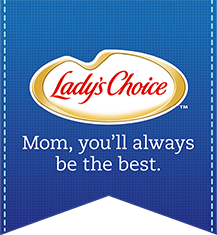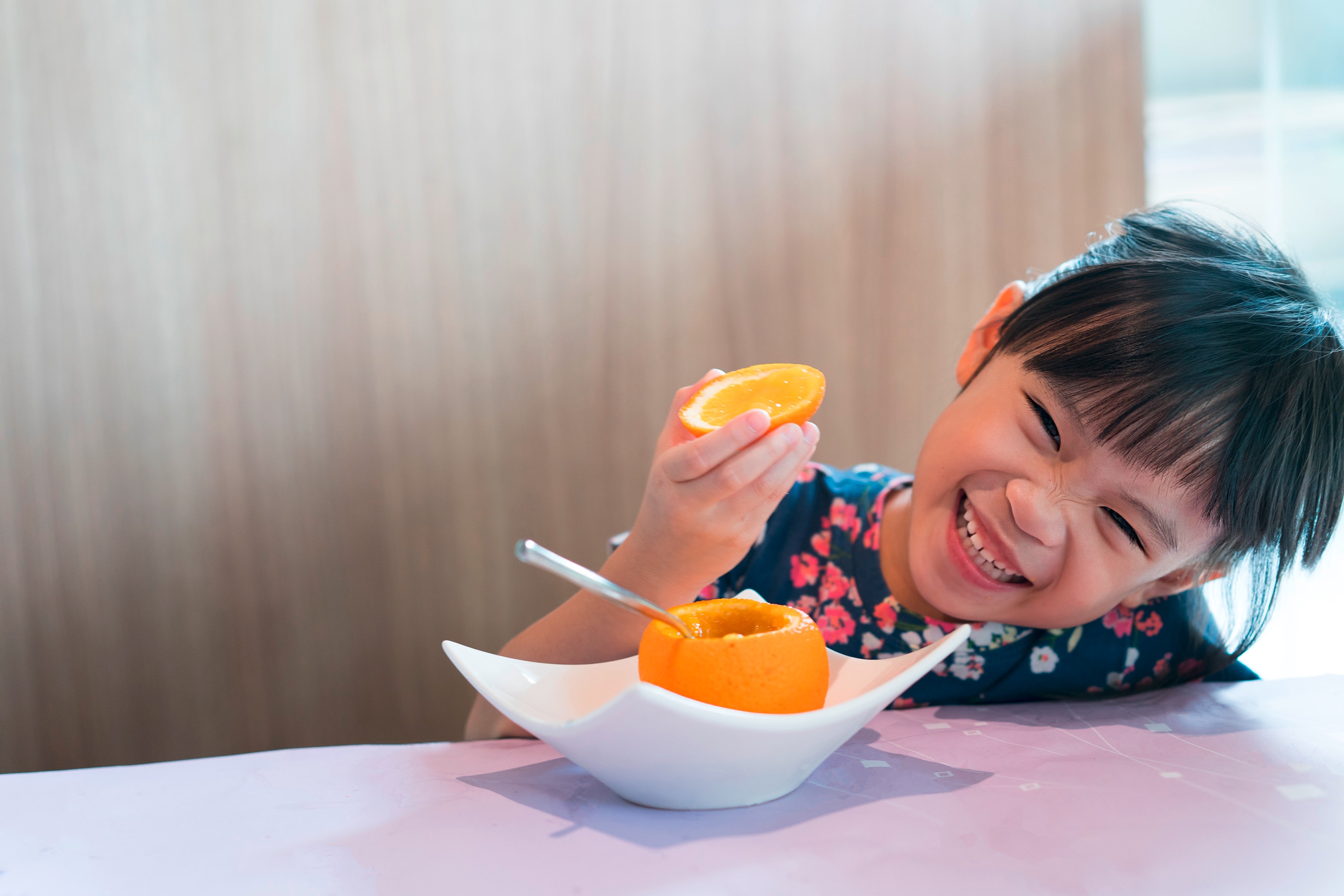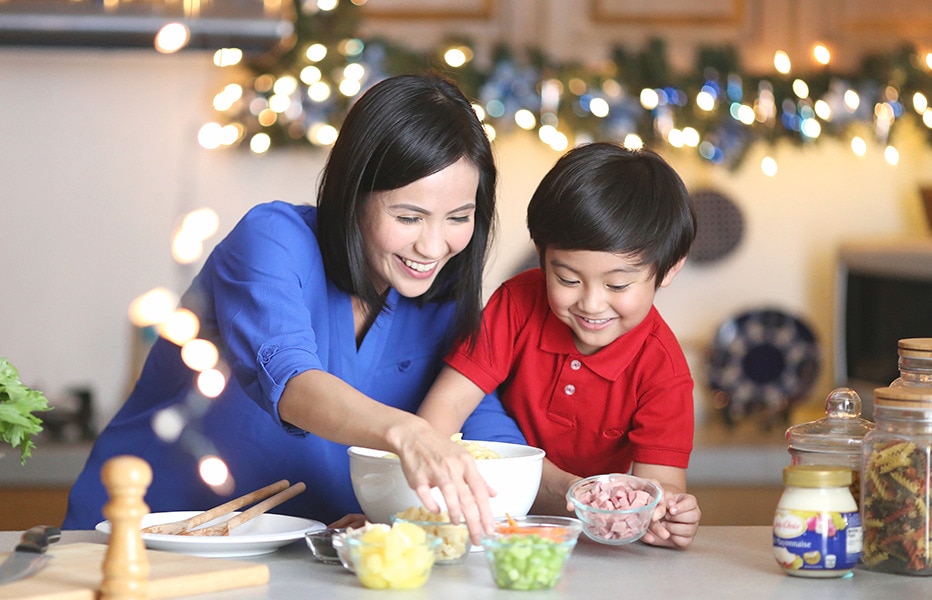How Much Vitamin C Is Safe For Kids?
Share to facebook Opens in new window
Vitamin C is an essential vitamin for everybody – especially kids. As a powerful antioxidant, it can help lower blood pressure, fight inflammation, and support a healthy immune system, to name a few. These should be enough reasons to get it into your child’s diet. But can too much be a good thing? Keep reading to know more about vitamin c for kids.
Why Is Vitamin C Important?

Vitamin C is a crucial nutrient to support your child’s health and proper development. Your body can't make it, so you must receive it via your diet. Here's how vitamin C can affect your kid's lifestyle:
- Minimizes bruising when your kids fall or cut themselves
- Helps their wounds heal faster
- Boosts their immune systems and keeps infections at bay
- Aids in forming and repairing bones, tissue, and red blood cells
- Supports iron absorption
How Much Vitamin C Is Safe?
Too much of anything is never good for you. The same holds with vitamin C for kids. Although eating vitamin C-rich foods should not be an issue, taking too many supplements could cause side effects.
A vitamin C overdose could occur if a child takes vitamin C supplements that exceed the amount they can tolerate. That amount varies per age. For kids aged one to three, the limit is 400 mg daily, while kids from four to eight can consume 650 mg daily.
While an overdose is hardly toxic, some rare cases result in nausea, diarrhea, and gastritis. However, according to Harvard Health, vitamin C is water-soluble, meaning the body doesn't store surplus. Any excess is automatically flushed out when you urinate.
Not getting enough vitamin C is a bigger problem – and could signal a deeper issue. See, you can find vitamin C in many fruits and vegetables. So, being deficient could signal malnourishment. A lack of this essential nutrient could entail a weak immune system, slow healing of wounds, bruising easily, dry hair and skin, frequent nosebleeds, and inflamed gums.
The Best Sources of Vitamin C
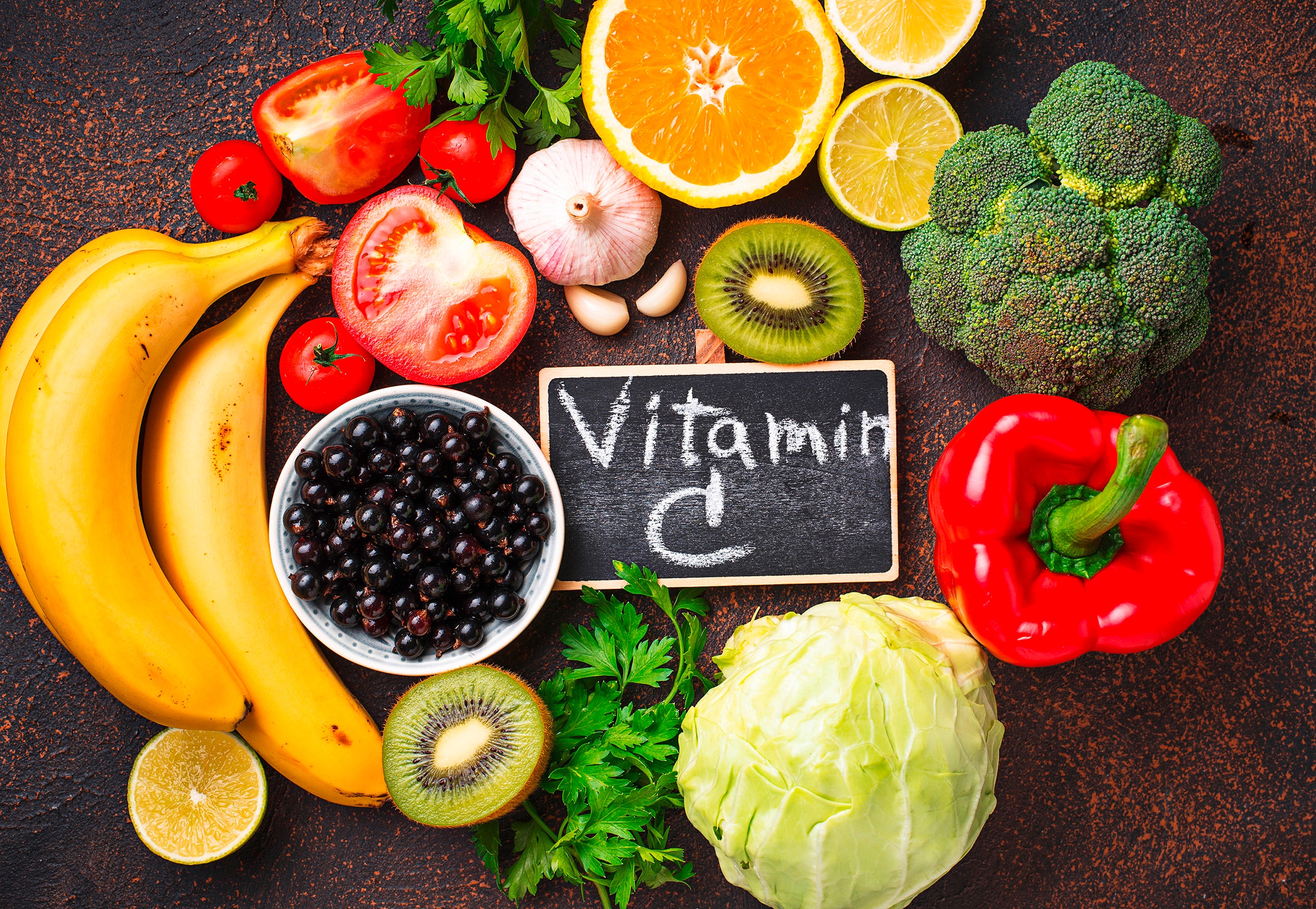
Doctors and health experts agree that eating more fruits and vegetables is the best way to get this nutrient into any diet. A quick check to ensure you get the right amount is to inject more color into your meals. The amounts of vitamin C in produce can also change when cooked or heated. The solution? Mix raw and cooked fruits and veggies into your menu.
Here are some of the best natural sources of vitamin C to include the next time you cook for the kids:
Bell peppers
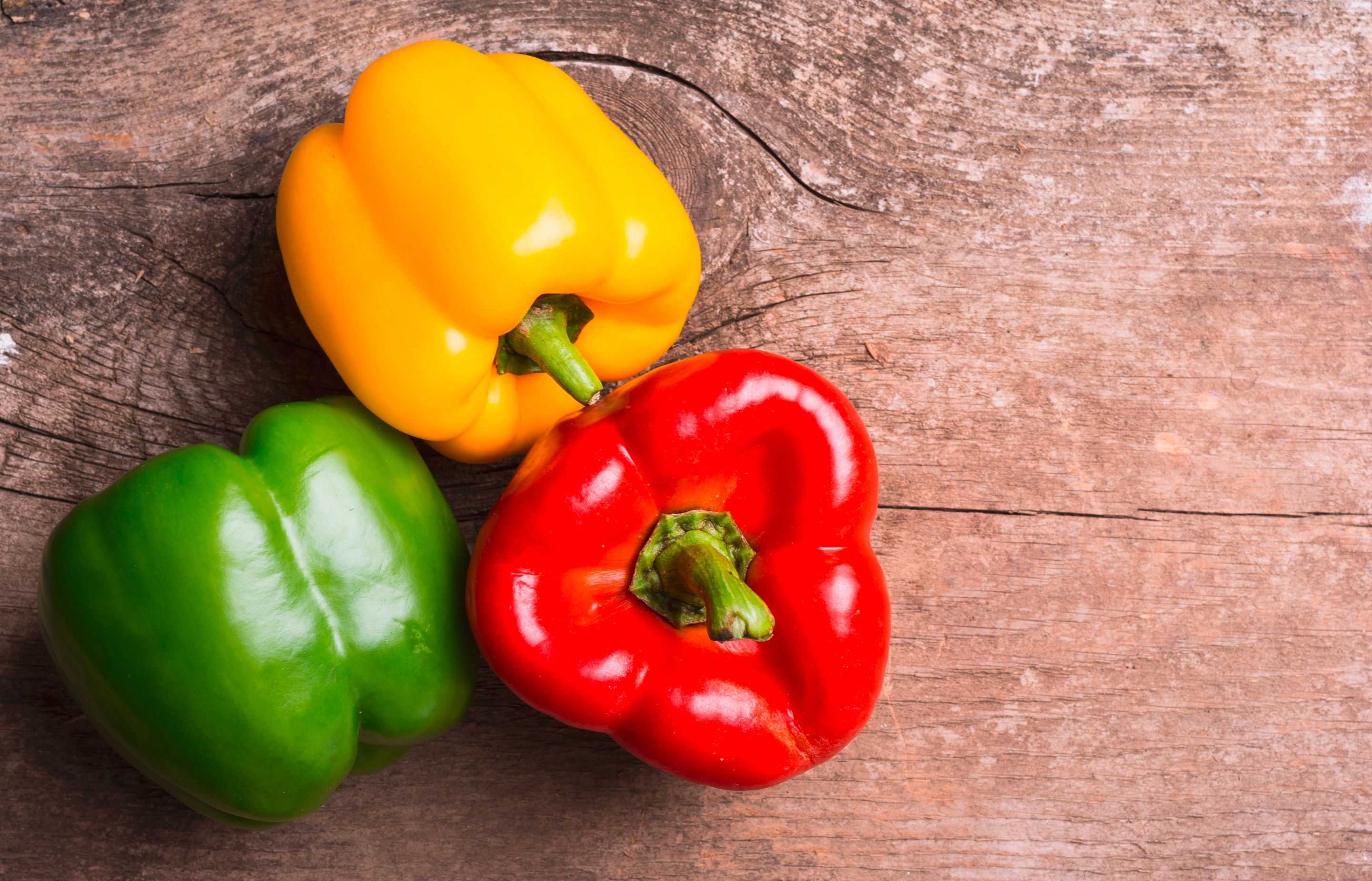
A half cup of sliced red bell peppers have about 95 mg of vitamin C! The red ones contain the most, followed by green, then yellow. Slice them into strips and serve with a simple dip or Lady’s Choice Bacon Spread. If you have more time, make a stuffed bell pepper for a more filling option. Chop off the top and remove the core. Then, stuff it with kid-friendly filling, like a Bolognese sauce and cheese. Bake it until it's cooked!
Citrus fruits
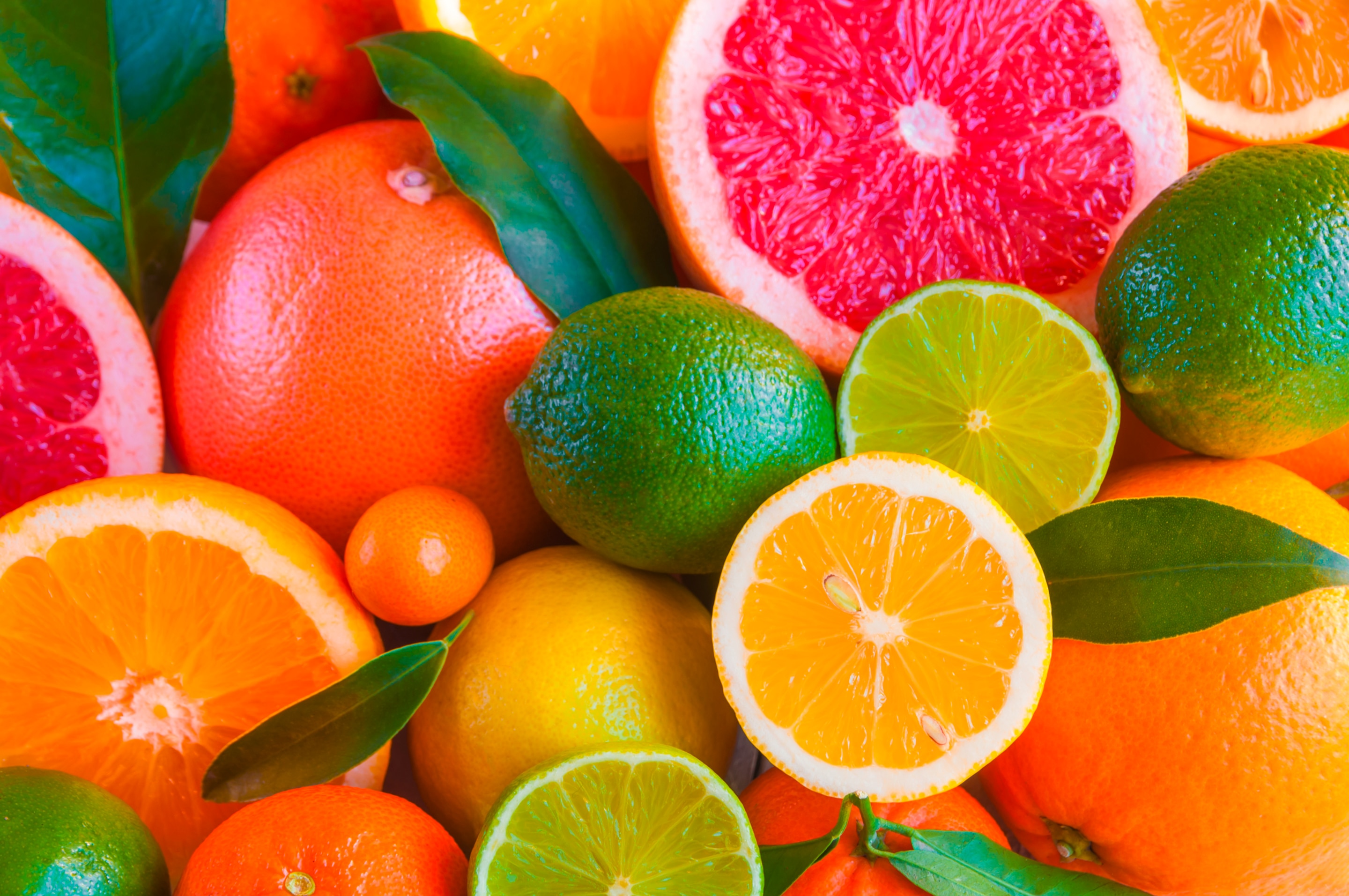
When you think of vitamin C, you think of oranges, but other citrus fruits are terrific sources, too! Lemons, limes, grapefruit, calamansi, and dalandan are all packed with this bright-tasting nutrient. Add fresh slices of orange into your kid's lunch box or make them some freshly squeezed dalandan juice as a refreshing and nutritious drink.
Potatoes
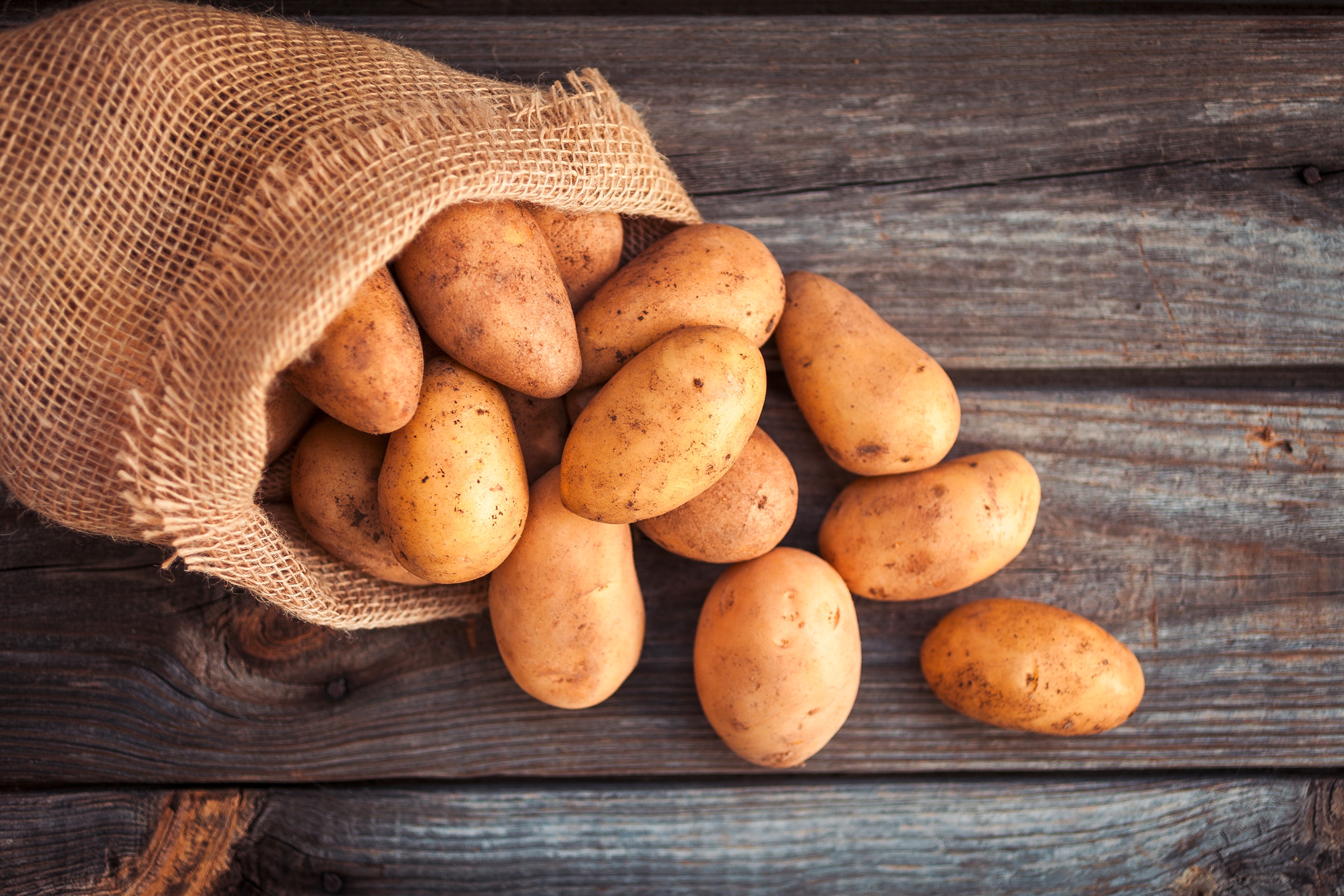
Potatoes are another foolproof way to introduce vitamin C into your child's system. A delicious baked potato can have up to 20 mg in one! Potatoes, including sweet potatoes, are also full of potassium, magnesium, and fiber. If you want to cut back on fried food, make a tasty potato salad using Lady’s Choice Real Mayonnaise to bulk up lunch or dinner. If you don't have time, mashed potatoes are always a good fallback.
Mango
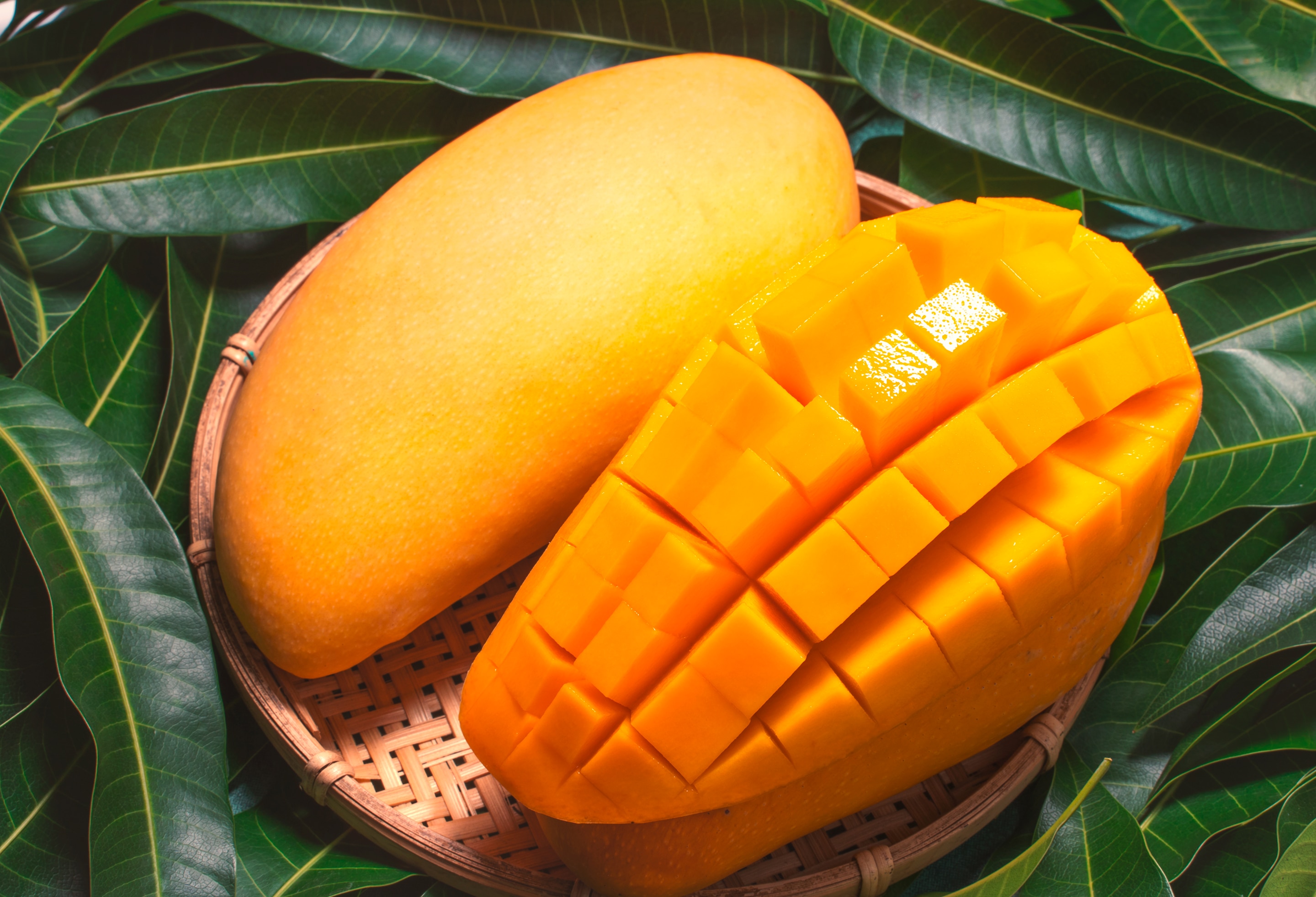
Philippine mangoes are renowned globally. Lucky for you, the national fruit is chock-full of vitamin C. They're sweet and colorful – irresistible to any kid. It's also incredibly versatile. If your kids are bored eating it fresh, you can turn it into shakes or popsicles.
The best vitamin C for kids is usually the simplest one: fruits and vegetables. Supplements are only for extreme cases. Make sure your family gets a healthy dose of this vital nutrient every day with these tips and tricks.
Related Articles
- slide 1
- slide 2
- slide 3
